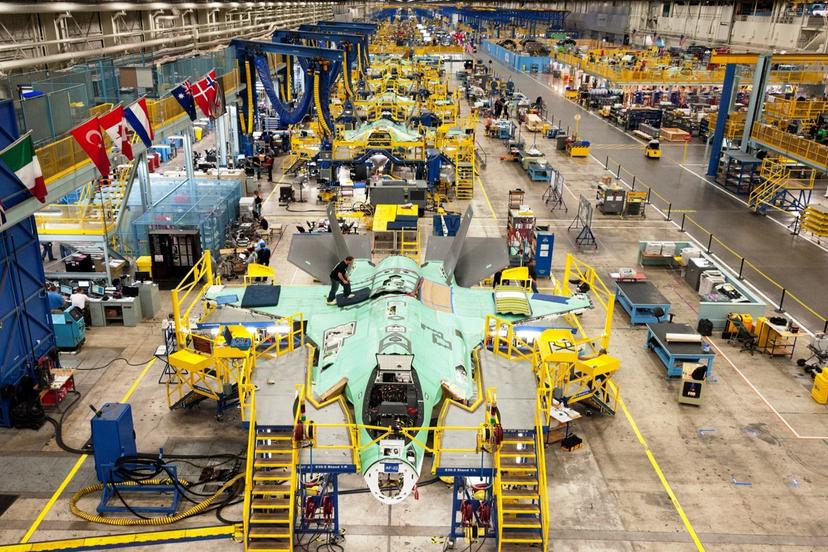Defense

Industry Outlook
The defense sector was in a strong position as the United States ramped up spending under the Trump administration at the end of the decade. Beyond the United States, other countries also were strengthening their military prowess. Deloitte Touche Tohmatsu explained that security threats were propelling defense spending in China, India, and Japan, and also among NATO countries. Rising geopolitical tensions in areas such as North Korea and the Middle East also boded well for this sector of the industry. In 2019, the Department of Defense's base budget was an estimated $657 billion, up from $574.5 billion in 2018.
Historically, the defense industry has been one of the most important in the country. In the decades following World War II, the ongoing threat presented by the Cold War between the United States and the Soviet Union required that a large proportion of the nation's energies and resources be devoted to improving our defense capabilities. Defense contractors could be assured of billions of dollars of new contracts each year; interest in space travel and research was also high.
The terrorist activity on U.S. soil in September 2001 led to the execution of immediate defense operations against physical, chemical, and biological threats, cyber attacks, and missile threats to the country. In the past, defense systems were targeted at specific countries or groups, but they have become concentrated more on the threats themselves, according to the Quadrennial Defense Review released to Congress on September 30, 2001. The subsequent wars in Iraq and Afghanistan prompted an increase in defense and military spending for most of the past decade, with slight cuts made starting in 2008. The United States is still the world's leading military power, however, as evidenced by its investment in this area. According to the balance, in 2019 U.S. defense spending exceeded the collective total of the next nine largest countries.
Employment in the aerospace industry, an industry closely linked to the defense industry, has been in steady decline since the early 1990s. According to the U.S. Department of Labor, aerospace manufacturing provided nearly 486,000 wage and salary jobs in 2018, down from about 492,000 in 2014. The DOL also says that engineers that can work on specific projects to make planes more energy efficient and safer will be more likely to find employment. Other important skill sets for aeronautical engineers include knowledge of collaborative engineering tools and processes, modeling, simulation, and robotics.
In 2019, Zacks Equity Research reported that, according to the Aerospace Industries Association, the aerospace and defense industry was contending with a shortage of trained technical graduates. Additionally, a wave of forthcoming retirements was another factor working in favor of those wanting to work in the industry. While 44 percent of the nation's workforce was over age 45, this percentage was much higher in the aerospace and defense industry, at 60 percent.
At the end of the decade, the United States ranked as the world's top defense equipment supplier, making conditions especially bright for the industry. In a 2019 Nasdaq article, Zacks Equity Research claimed that it "is undoubtedly a golden era for the nation's aerospace and defense stocks. U.S. defense majors are expanding their foreign markets rapidly, particularly taking advantage of regional tensions prevailing in the Middle East lately. ... With no indication of the global geopolitical unrest coming to an end and emerging nations like Japan and India raising their defense budgets, this winning streak is expected to continue in the near term."
Despite overall positive projections, the defense industry felt the pressure of the economic slowdown that followed the worldwide outbreak of COVID-19 in 2020. Although shielded by its centrality in the U.S.’s overall spending budget, the industry still received $17 billion in cash under the CARES (Coronavirus Aid, Relief, and Economic Security) Act. The defense industry lost 40 percent of its value in the month of March 2020 and has yet to recoup its losses, which could indicate a long road to recovery. The defense industry might find recovery easier than industries completely reliant on the private sector because dedicated government defense spending offers some stability. Budgets can change, however, and may be reduced due by further economic slumps.
According to a report by Deloitte, the global defense industry is projected to remain stable in 2021. Spending on the defense sector in the U.S. is expected to be flat in 2021. The report notes, however, that "fiscal spending from reduced tax receipts due to the current recession and a potential need to reverse current levels of deficit spending could affect defense budgets from fiscal year 2022 onward." In addition, under the new administration, less money could be allocated to defense budgets due to debt from stimulus spending as well as shifts in focus on domestic and social programs.
The global aerospace and defense industry is expected to grow from more than $736 billion in 2020 to about $973 billion by 2025. This growth will occur as companies rebound from the impacts of the pandemic and resume and rearrange their operations. An industry outlook report by The Business Research Company describes the pandemic as a "black swan" event for the aerospace and defense market, which means it was a rare event and "not related to ongoing or fundamental weaknesses in the market or the global economy."
